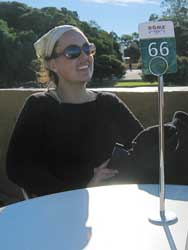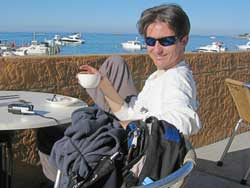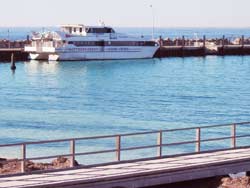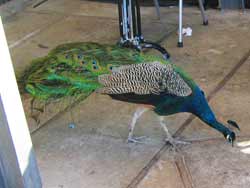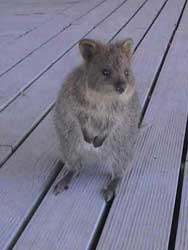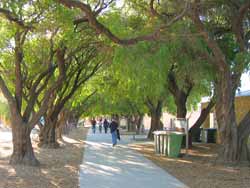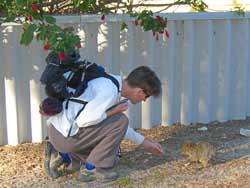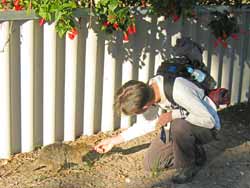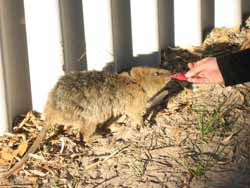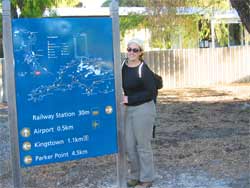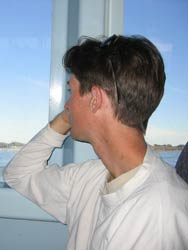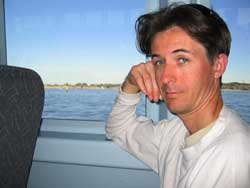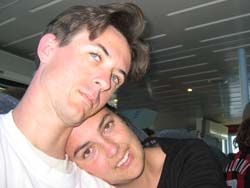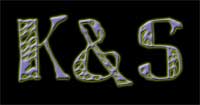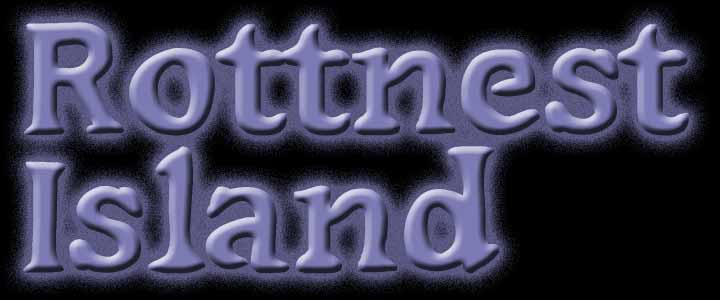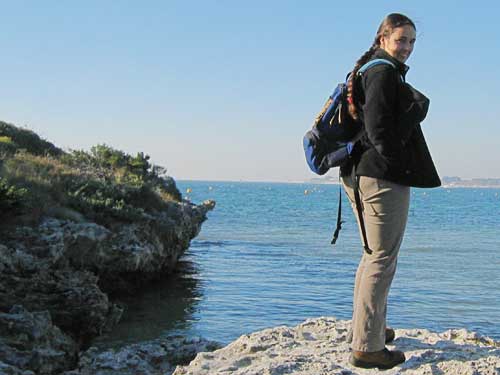 |
We arrived early on the island at Thomson Bay and immediately set off by foot to explore. There are plenty of ways to get around the island. The most popular is by bike as the roads are ideal for a casual bike ride. Our walk however led us along tracks that bikes cant go. We headed North along the beach line to Bathurst Point and continued West along the bush paths and shorelines until we reached Catherine Bay for lunch. City of York Bay was our next point of stop as it was getting late (due to us falling asleep on the beach after lunch) and the ferry waits for noone when it departs at 4:15pm. A bus services the island which offers people a form of beach hopping without the use of bikes or walking if they wish, or for people like us that had only 2 hours to get back to the dock with no real gauge of how long it would take us to get there. I cant wait until summer as apparently the beaches and bays at Rottnest Island, provide a spectacular venue for snorkelling, scuba diving, surfing and swimming. The trip over from the mainland is only a short 30minute trip from Fremantle and you can take your own bike. |
|
Some interesting facts about Rottnest: More than 500,000 people visit Rottnest Island each year. The Island is 11 kilometres long, 4.5 kilometres at its widest point and the land area measures 1,900 hectares. It's a 24km ride around the island. Allow at least 2.5 hours for a leisurely cycle. Rottnest Island is 19 km from Fremantle and it takes 30 minutes to get there by ferry (45 minutes from Hillarys and 90 minutes from Perth City). The Island is an ‘A’ Class reserve managed by the Rottnest Island Authority. ‘A’ Class reserve: ’Approximately 7,000 years ago it is believed Rottnest Island was separated from the Western Australian mainland, isolating the flora and fauna and creating unique environmental conditions’. Each visitor to the Island pays an entry fee to the Island ($11.50 for adults and $1.00 for children), which is included in the ferry fare, or as part of an annual admission fee for boat owners. It is believed about 10,000 quokkas inhabit Rottnest Island at a density of five animals per hectare, with the numbers ranging from 4,000 to 17,000, depending on the availability of food and water in any given year. |
 |
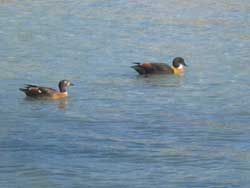 |
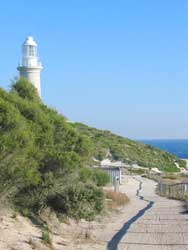 |
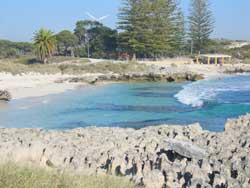 |
Our first sighting of some
of the locals. |
Bathurst Lighthouse at Bathurst
Point. |
The Basin. |
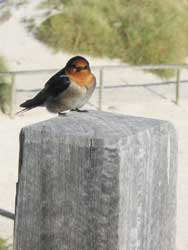 |
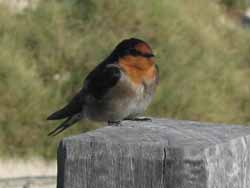 |
 |
Another local |
And its friend. |
A Shane typical pose. |
 |
The cove before North Point. |
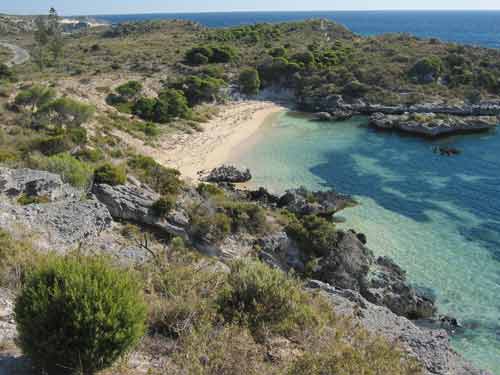 |
|
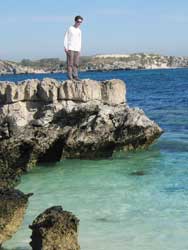 |
 |
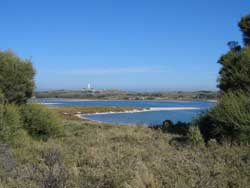 |
|
Another local
waiting to have its photo taken. |
One of the many inland salt water lakes. |
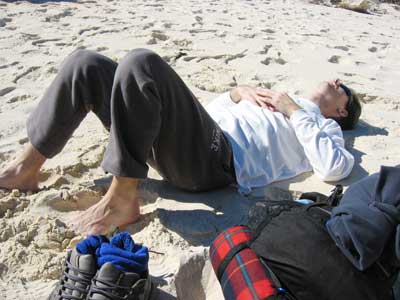 |
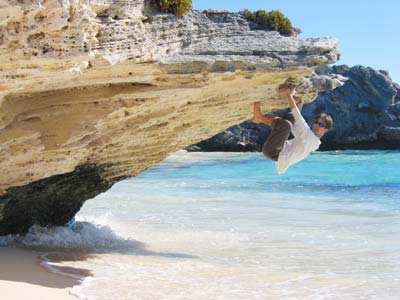 |
| Shane resting. | Rock-climbing as usual. |
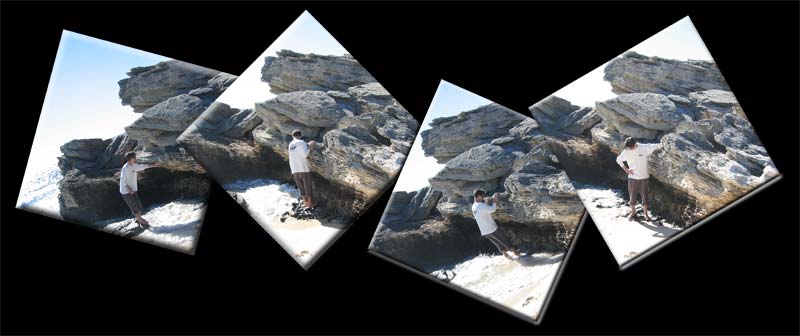 |
More rocks to climb... Oh
no water and its rising! Quick to higher ground! Where did it all go???? |
